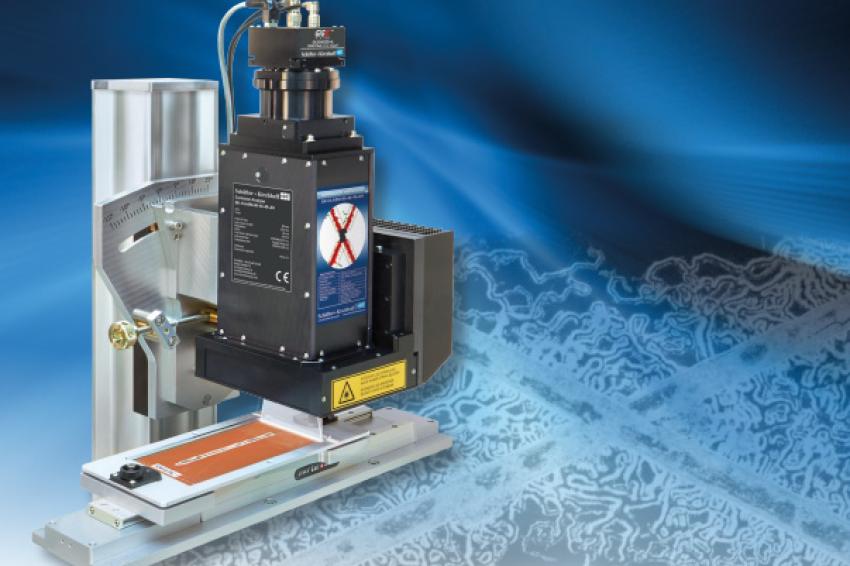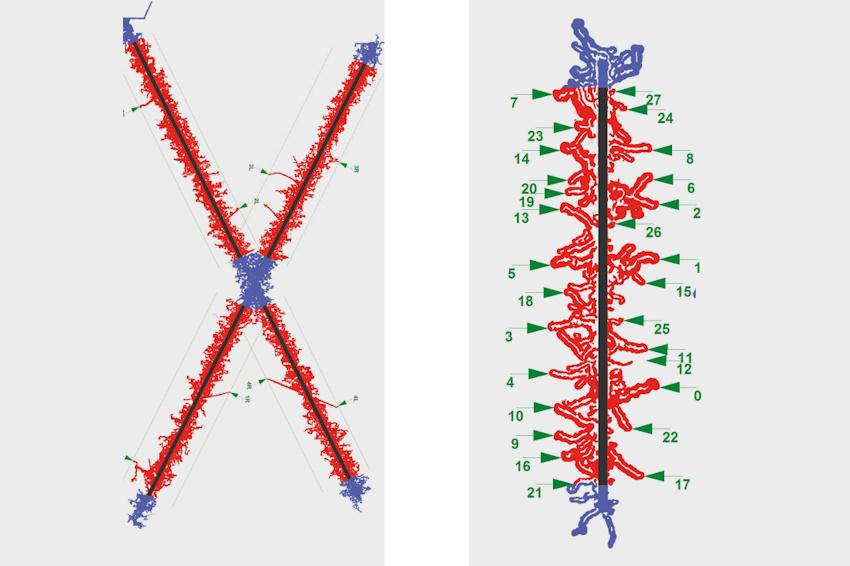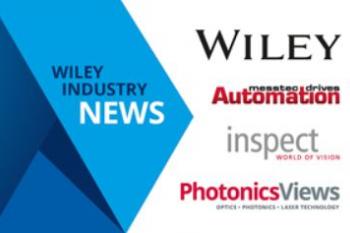On the track of corrosion using machine learning
11.02.2025 - Evaluate corrosion test panels rapidly and objectively
To ensure the quality of corrosion protection for coated components, numerous test panels are produced and evaluated. The manual and visual evaluation is time-consuming, error-prone, and subjective. An automated inspection system has been developed to streamline this process, delivering digital results within 5 to 10 seconds. The system scans a test panel in 1.2 seconds and employs machine learning to efficiently and accurately evaluate even challenging samples.
During the development of coating systems with improved corrosion protection and as part of the quality assurance of coated components, a large number of test panels are produced. These coated test panels are scribed and weathered in special climatic chambers. Until now, it has been customary to evaluate the corrosion phenomena caused in this way manually and visually – a very laborious task that is time-intensive, error-prone and subjective. A magnifying glass with an integrated scale is often used as an aid.
Schäfter+Kirchhoff have developed the “Corrosion Inspector” to speed up and objectify the evaluation of filiform and other corrosion phenomena on test panels. The fast automatic or semi-automatic evaluation and the generation of digital results contribute to a considerable rationalization of the testing effort. The test methods are non-contact and do not require partial destruction of the samples.
Automatic Scanning including Documentation and Image Storage
The system scans a standardized test panel in 1.2 s and delivers a very high-contrast image with a resolution of 0.022 mm per pixel. When using the automatic procedure, the evaluation of a panel, including documentation and image storage, is completed in 5 to 10 seconds.
In addition to the time savings, the system is characterized by the variety of evaluation methods. The software supports the following standards:
- Filiform corrosion according to ISO 21227-4
- Counting, length measurement and statistics of filaments
- Delamination and corrosion degree according to ISO 4628-8
- Cross-cut characteristic value according to ISO 2409
- Degree of blistering according to ISO 4628-2
- Multi-impact test according to ISO 20567-1
Finding Filiform Corrosion under Coatings
Filiform corrosion is a type of corrosion that progresses in filaments under a coating and is usually due to localized damage to the coating.
The Software Skan-CI automatically detects the scribe position, length and width. The following are measured:
- the infiltration area
- average infiltration width
- length of filaments, and statistics such as
- mean value and median of filament lengths
- most frequent filament length
- number of filaments per cm scribe length
True Color Imaging Enables to Separate Corrosion and Delamination
The true color imaging allows the system the separation of red rust, delamination and coating. That enables the automatic detection and measurement of the corresponding surfaces. The measurement of corrosion and delamination is carried out to the standard ISO 4628-8.
Cross-cut test: The cross-cut test is an international standard for estimating the resistance of a coating to separation from the substrate when a continuous grid is cut into the coating down to the substrate. The properties measured by this empirical method depend, amongst other things, on the adhesion of the coating to the previous layer or to the substrate.
The system automatically recognizes the removed (partial) surfaces in a very short time and immediately displays the result as the sum of the removed surfaces and also the so-called cross-cut value Gt.
Using machine learning for difficult samples
In reality, the corrosion test panels are not always perfectly prepared. Structures and scratches in the background often directly interfere with the automatic detection of corrosion. The latest software version includes a feature that uses a trainable machine-learning algorithm for separating actual corrosion and background effects.
For example, we use a scribed panel, that has been exposed to a salt spray test: The task is to measure the size and the expansion of blisters caused by infiltrated corrosion that are close to the scribes. Due the aggressive environment, the image has a difficult background with visual smears and structures. In some cases, the blisters are barely distinguishable from the background.
- Step 1: Annotations: The operator simply marks typical structures of interest such as background, blister and scribe areas in user-defined colors.
- Step 2: Training the algorithm: The algorithm then assigns the background, the blisters and the scribes using the trained algorithm.
- Step 3: Measurement: The software measures the expansion and the size of the blisters.
Once trained, the following panels are processed using the trained algorithm.
Conclusion
The “Corrosion Inspector” is used to rapidly and objectively evaluate filiform and other corrosion phenomena on coated test panels up to a size of 4 x 8 in. The automatic evaluation of corrosion according to various standards requires approx. 5s per panel. Even difficult samples can be evaluated using machine learning algorithms.
Authors
Peter Gips, Software Developer
Luca Kuhlmann, Software Developer







